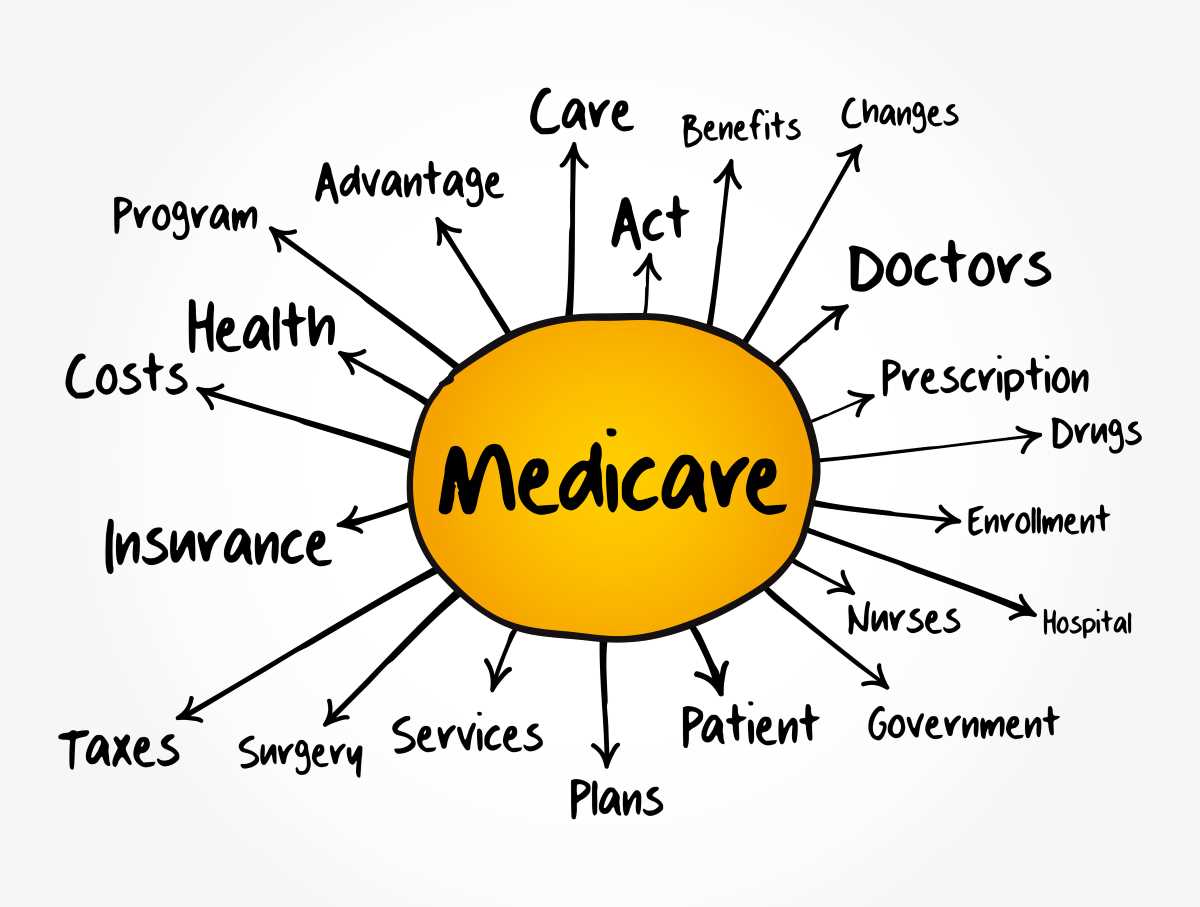
COLUMBUS — During Older Americans Month in May, the Ohio Senior Health Insurance Information Program (OSHIIP), the state’s official Medicare educational and counseling assistance program, has identified five trending issues that it is helping Ohioans on Medicare navigate.
Last year OSHIIP, a program of the Ohio Department of Insurance, saved Medicare consumers $37.2 million through suitable plan comparison support and financial assistance identification, counseled nearly 161,000 people, and welcomed 454,700 people to educational activities.
“OSHIIP representatives empower Ohioans embarking on or navigating their Medicare journey, by fostering knowledge and confidence so they are informed healthcare consumers making the right decisions for themselves,” Ohio Department of Insurance Director Judith L. French said.
OSHIIP is helping Ohioans on Medicare navigate these five trending issues:
1. New to Medicare and Confused
Medicare is complicated and without a basic understanding of the federal health insurance program, things can sort of go sideways. There are free tools and resources from OSHIIP at your disposal so you can become an informed and empowered Medicare consumer. OSHIIP holds statewide and virtual “Welcome to Medicare” events that cover all things Medicare.
From understanding the basics of Parts A and B benefits to unraveling Part D prescription drug coverage, OSHIIP’s got you covered. They will also walk you through Medicare supplemental insurance plans, Medicare Advantage options, eligibility requirements, enrollment processes, financial assistance opportunities, and those all-important deadlines.
2. Finding a Coverage Fit Beyond Catchy Advertising
Effective advertising has the power to captivate our attention. But rather than being swayed solely by enticing promises, it is essential to carefully assess your specific healthcare requirements. When selecting a Medicare plan, prioritize factors such as your budget, specific medical needs, including in-network doctors, and necessary prescription drugs.
Conduct thorough research to understand the nuances of each plan before making a decision. Seek guidance from reputable sources, rather than relying on anecdotal advice from friends or advertisements. Recognize that circumstances are unique, and what works for one person may not necessarily be the best choice for another.
3. Stick with Employer-Provided Health Insurance or Join Medicare
If you are covered under an active employer plan when you are new to Medicare, you have the option to continue with employer coverage and avoid a late enrollment penalty if you enroll in Medicare at a later date. It is common for people to prefer retaining their employer coverage, which could provide better coverage than Medicare. There is a tendency to think you have to join Medicare if you are age 65 or disabled or you will be penalized, but that is not the case if you have employer coverage. However, it is essential to evaluate your coverage options and healthcare needs.
When weighing whether to stick with employer-provided health insurance or transition to Medicare, several factors come into play. Assess the coverage each option offers, including benefits, prescription drug coverage, and network providers. Consider your healthcare needs and any potential changes in coverage upon retirement. Evaluate the costs associated with both plans, including premiums, deductibles, and out-of-pocket expenses. Additionally, factor in eligibility requirements, enrollment deadlines, and the impact on any supplemental coverage you may have.
4. Determining the Accuracy of Medicare Medical Bills
It is common for consumers to receive confusing medical bills and encounter terms they do not understand, leading to frustration and the need for appeals. Even with insurance, bills may still arise due to deductibles or services not fully covered. Keep an eye out for errors on your medical bills and consider reaching out to OSHIIP or Medicare for assistance.
To avoid confusion with Medicare bills, start by learning the basics of bill composition and terminology to understand what is covered. Address discrepancies promptly by comparing bills to Explanation of Benefits statements and seeking clarification from healthcare providers or Medicare. Medicare consumers can learn about what is covered by reviewing official Medicare publications, such as the “Medicare & You” handbook.
5. Differences Between Medicare Supplement and Medicare Advantage Coverage
Medicare Supplement (Medigap) plans and Medicare Advantage plans offer different approaches to Medicare coverage. Medigap plans work with Medicare to cover gaps in costs such as deductibles and copayments, providing greater predictability in healthcare expenses and flexibility in choosing healthcare providers.
On the other hand, Medicare Advantage plans replace Original Medicare and typically offer additional benefits like prescription drug coverage and vision or dental services, often with lower out-of-pocket costs but with a restriction of provider networks and referrals. Understanding the differences between these options allows individuals to choose the plan that best suits their healthcare needs and financial circumstances.
OSHIIP representatives are available at 800-686-1578 and oshiipmail@insurance.ohio.gov to answer questions about Medicare. Visit insurance.ohio.gov and medicare.gov for educational Medicare information. Medicare representatives can be reached at 800-MEDICARE.

